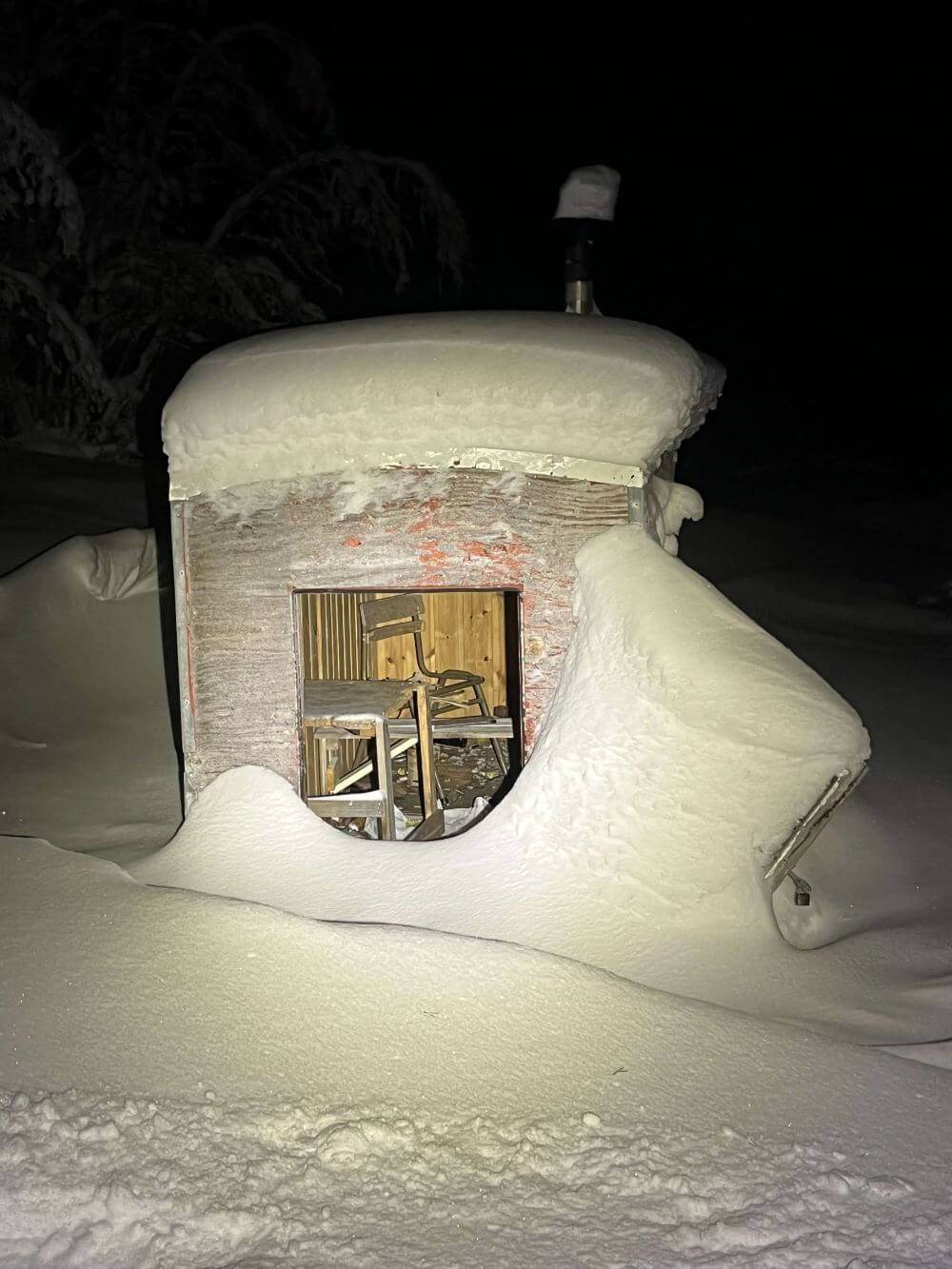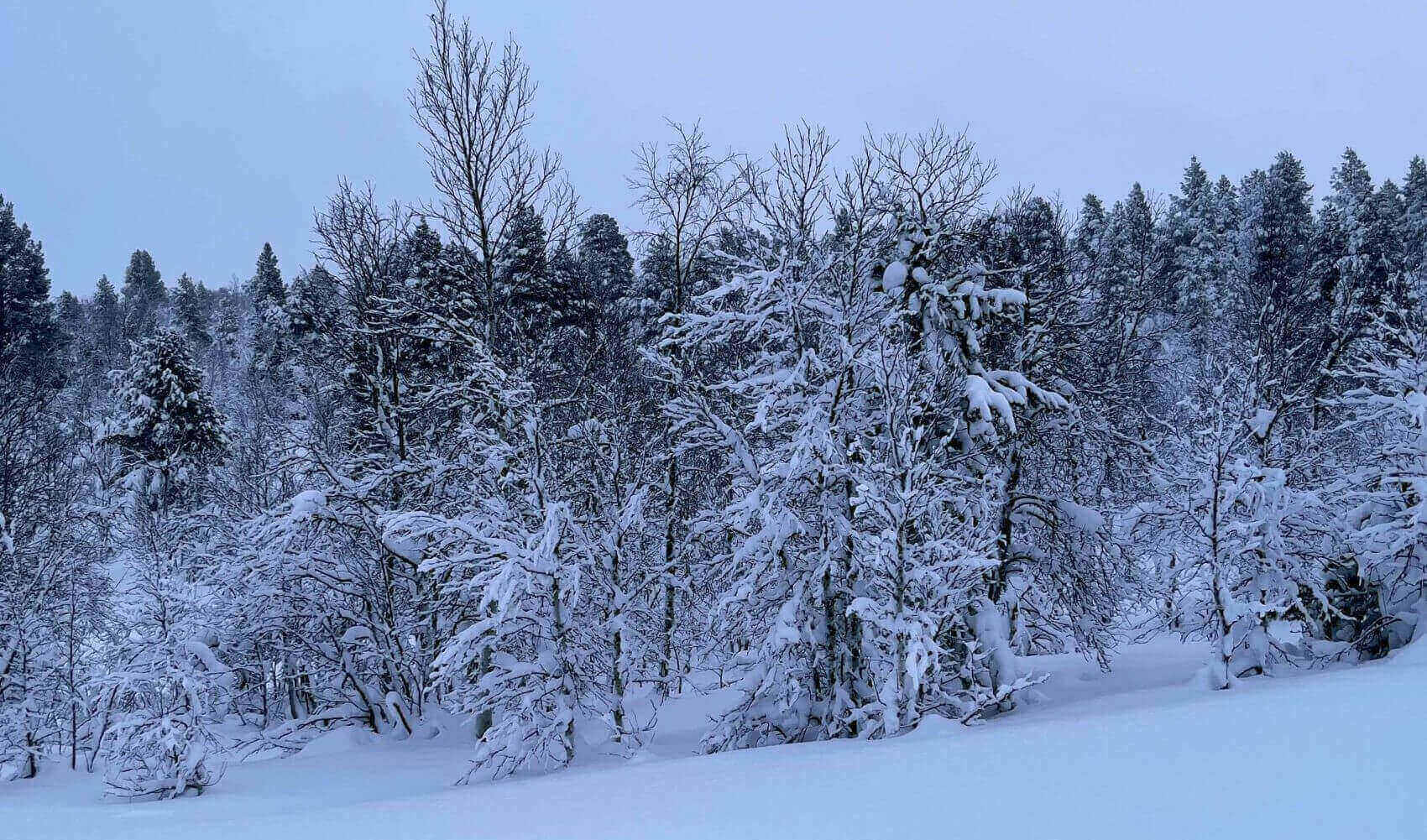
I visited Sweden with my father in January 2023. We drove over from Tromso in Norway as part of a Scandinavian road trip. We had two options to drive into Sweden. The road via Finland is covered with ice, and the wind threatens to blow you into the surrounding forest. The road via Norway is much the same, except the wind threatens to blow you off a mountain (and into a forest). We therefore opted to take the Finnish route. We had forgotten that Finland is an hour ahead of both Norway and Sweden and were slightly confused when we thought it had taken us 70 minutes to drive 10km. Even more perplexing was when we entered Sweden and calculated that we had driven 35km in negative half an hour.
In most of my other travels, I visited large cities that simply ooze culture and sophistication. Our Swedish escapade was based in Kuttainen, a 300-person village bordering Finland, that simply oozes pine trees and frozen lakes. Despite identifying as Swedish, the local people share many customs with the nearby Finns. One of these is language – many older inhabitants of the region speak Meankieli (a language that blends Swedish and Finnish) as their mother tongue. However, due to Sweden’s policy of only teaching Swedish in schools throughout the 20th century, most younger generations lack fluency. Instead of grand monuments and ornate statues, I received a unique introduction to life in rural Sweden, and to how people cope with the extreme weather conditions that form day-to-day life here.
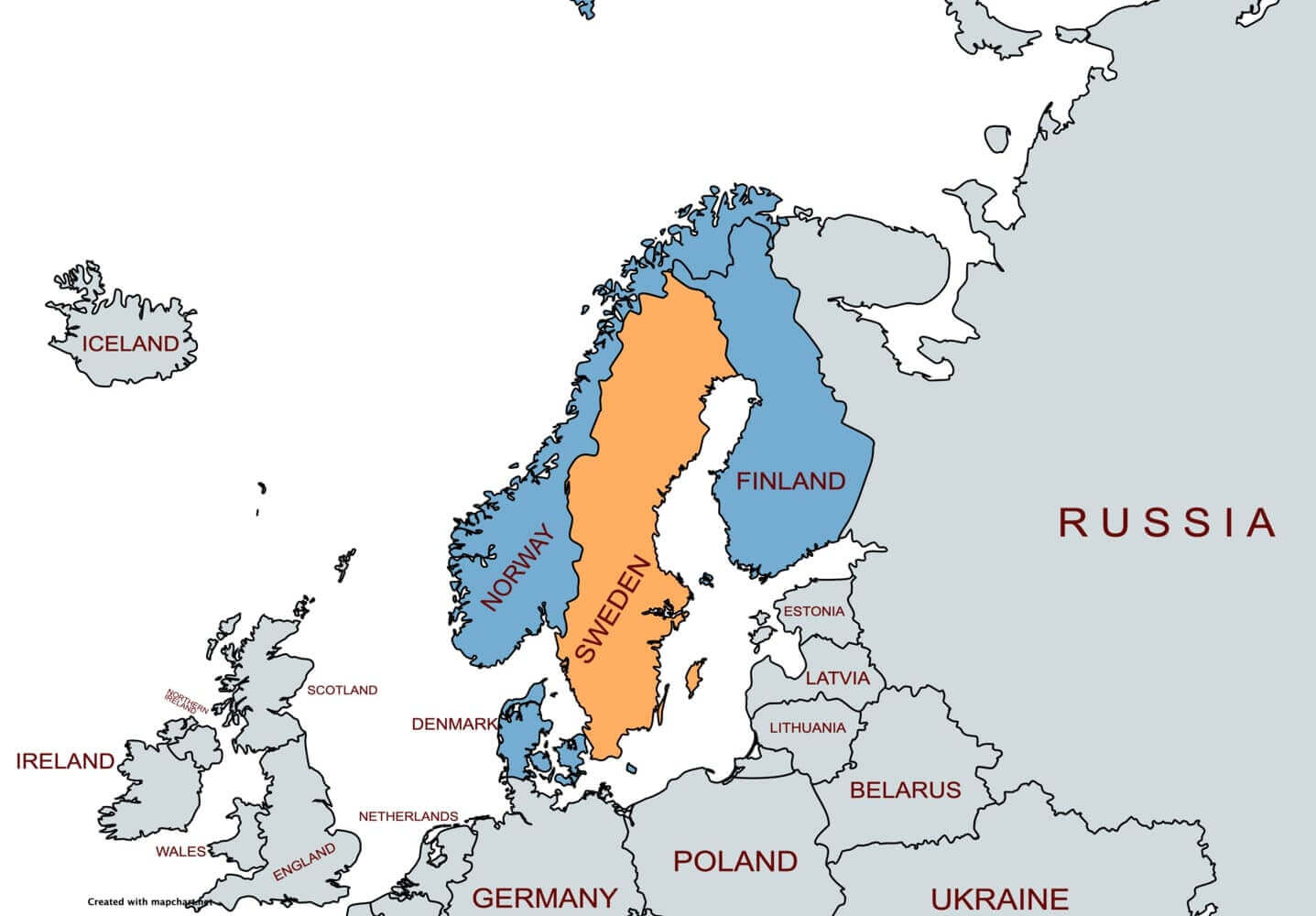
The Swedish Empire was a major European power in the 17th century, and controlled much of Norway, Finland, and the Baltic countries. I was surprised to learn that, before Napoleon and Hitler, Sweden’s Charles XII was the first world leader to discover that a land invasion of Russia is not the brightest of ideas. His attempted invasion of his Eastern neighbour in 1708 resulted in many of his troops freezing to death and precipitated the decline of his empire over the next decade. Perhaps to prevent its military leaders from committing similar blunders, Sweden followed a policy of neutrality from 1812 until the Russian invasion of Ukraine in February 2022, when it applied to join NATO. It thus was one of the few European countries to avoid invasion by either Nazi Germany or the Soviet Union during World War II, though it did have to cooperate with Germany to maintain its autonomy.
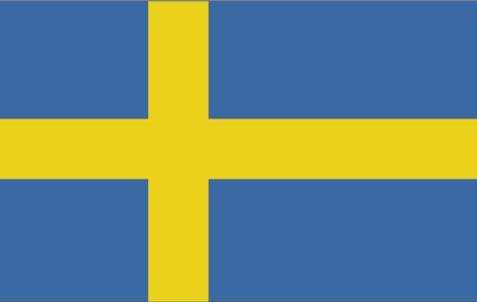
Since then, Sweden has become one of the richest and most developed nations in the world, and is part of the European Union, though it opted to keep its currency, the Swedish krona, instead of adopting the Euro. Like neighbouring Norway and Finland, it is part of the Schengen free movement area, which is why we were able to drive from one to the other without going through passport control. Sweden’s economy is developed and diversified and has produced major companies such as IKEA and Spotify. You might be surprised to learn the nation also has many natural resources: it produces lots of timber and hydropower, and the area where we were contains around 90% of Europe’s iron ore reserves. Sweden is heavily reliant on trade with the other Nordic countries, the European Union, and the United States.
Although surely a normal quantity for Scandinavians, I was impressed by how much snow was casually settled outside. This picture is supposed to be a picnic table and a bench. The weather was colder than in Norway. The Scandinavian Mountains block the northern part of the country from Gulf Stream heat. We enjoyed balmy conditions of -8C and drove out right before the temperatures plummeted to -20C.
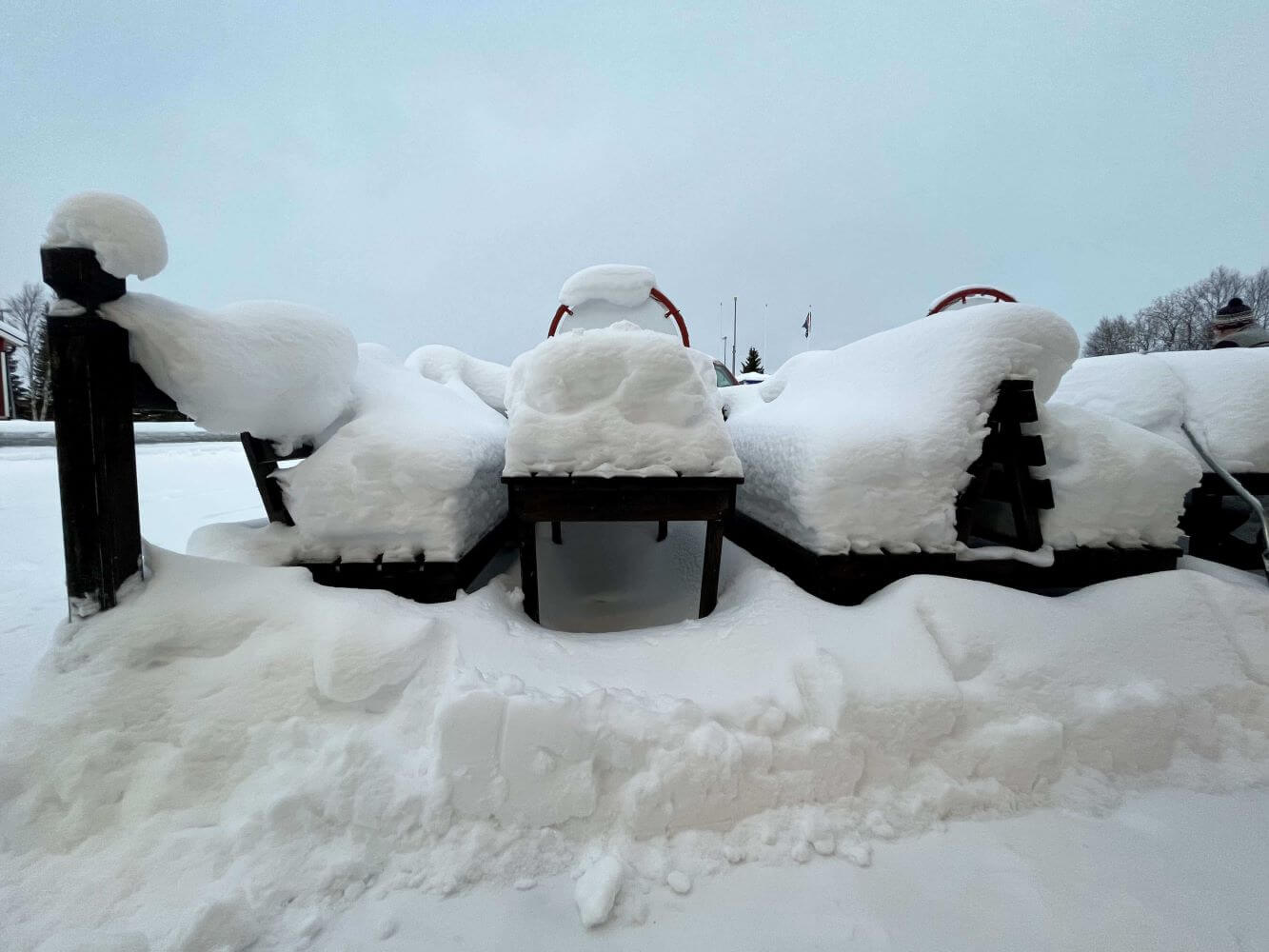
It turns out that in winter months the most powerful ships in the Swedish navy consist of snowmobiles. My father and I signed up for a snowmobile tour of the village, and most of our route was over a nearby frozen river. I was surprised (and needless to say relieved) that the ice bore our weight without any problems. Nonetheless, the vehicle got stuck on some ice/powdery snow on the far end of the lake. Our guide was well prepared and gave us a delicious blueberry soup drink that was kept steaming hot by his high-quality thermos. In extreme climates, without the right equipment, daily life is a question of survival. Eventually, the guide’s son came to the rescue with another snowmobile, which he used to flatten the snow in front of our snowmobile to give us more traction and help us get going.
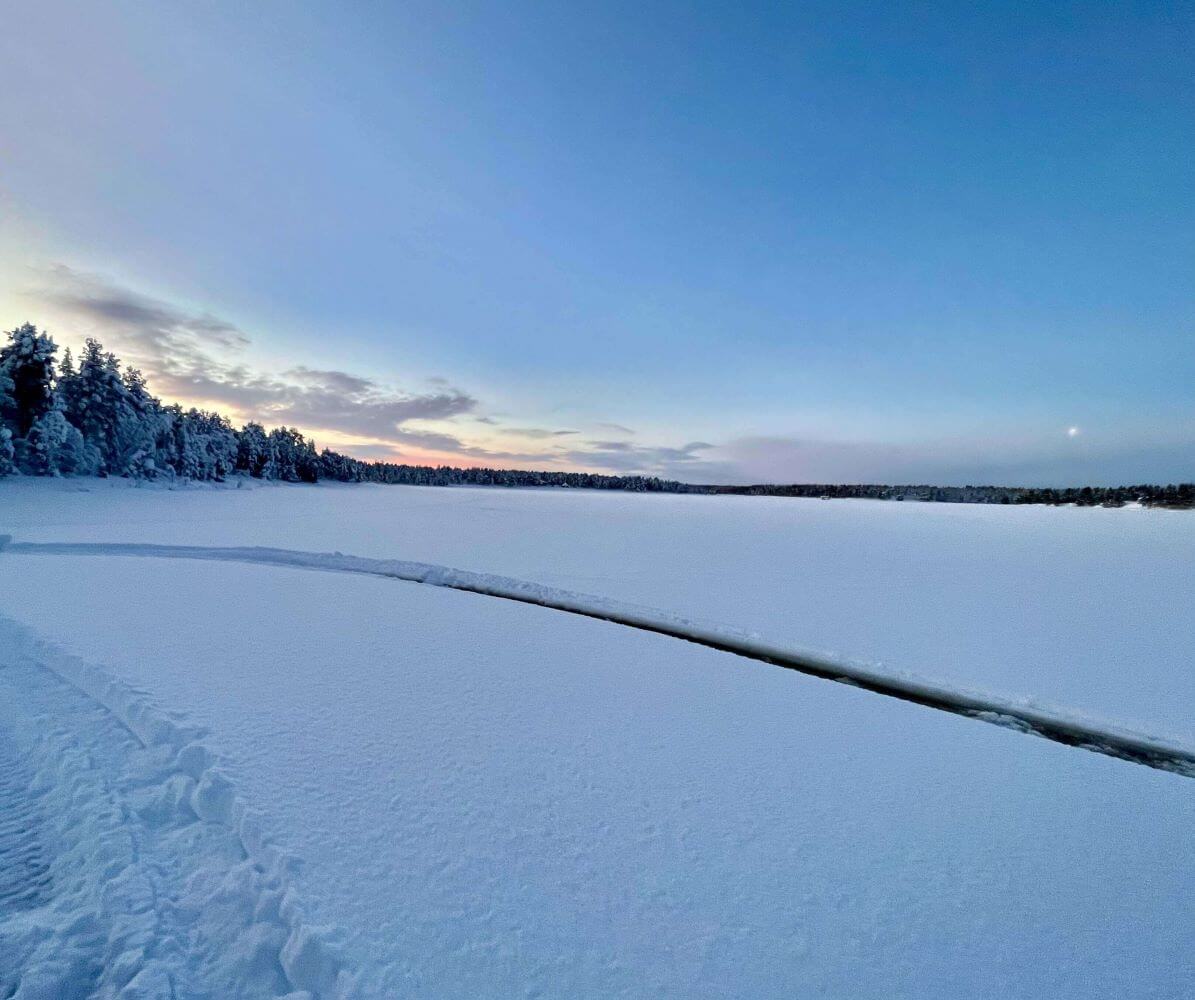
Before reaching our hotel, my father and I embarked on a night hike in the Swedish wilderness with a hardy local guide. This child-sized hut that I, in a moment of abject terror, mistook for our hotel room, turned out to be a portable shelter used by ice fisherman. Adventurous Swedes rope it behind their snowmobiles and drive it onto frozen lakes or rivers. Then they set it up over the holes they dig in the ice so that they can fish from the (relative) comfort of the small cabin. Fortunately, our actual hotel room was slightly more spacious and definitely better insulated.
